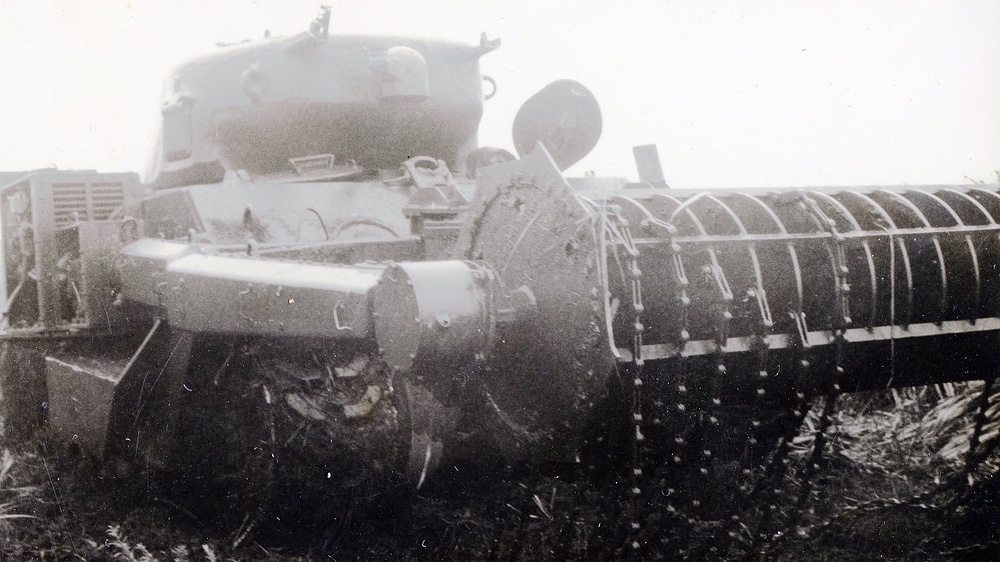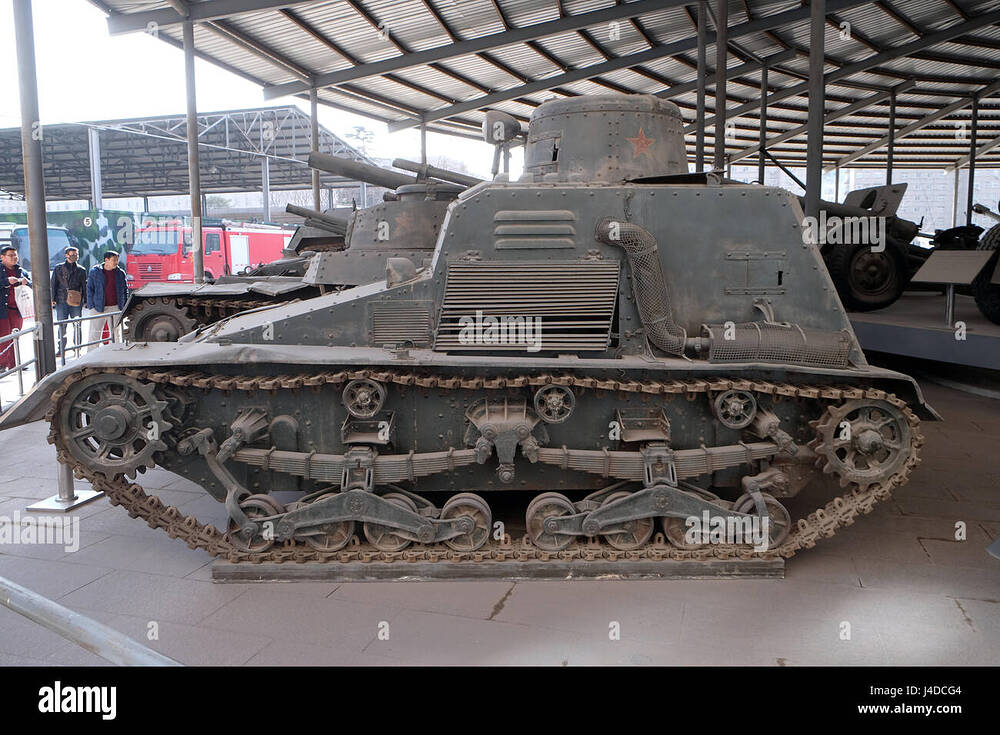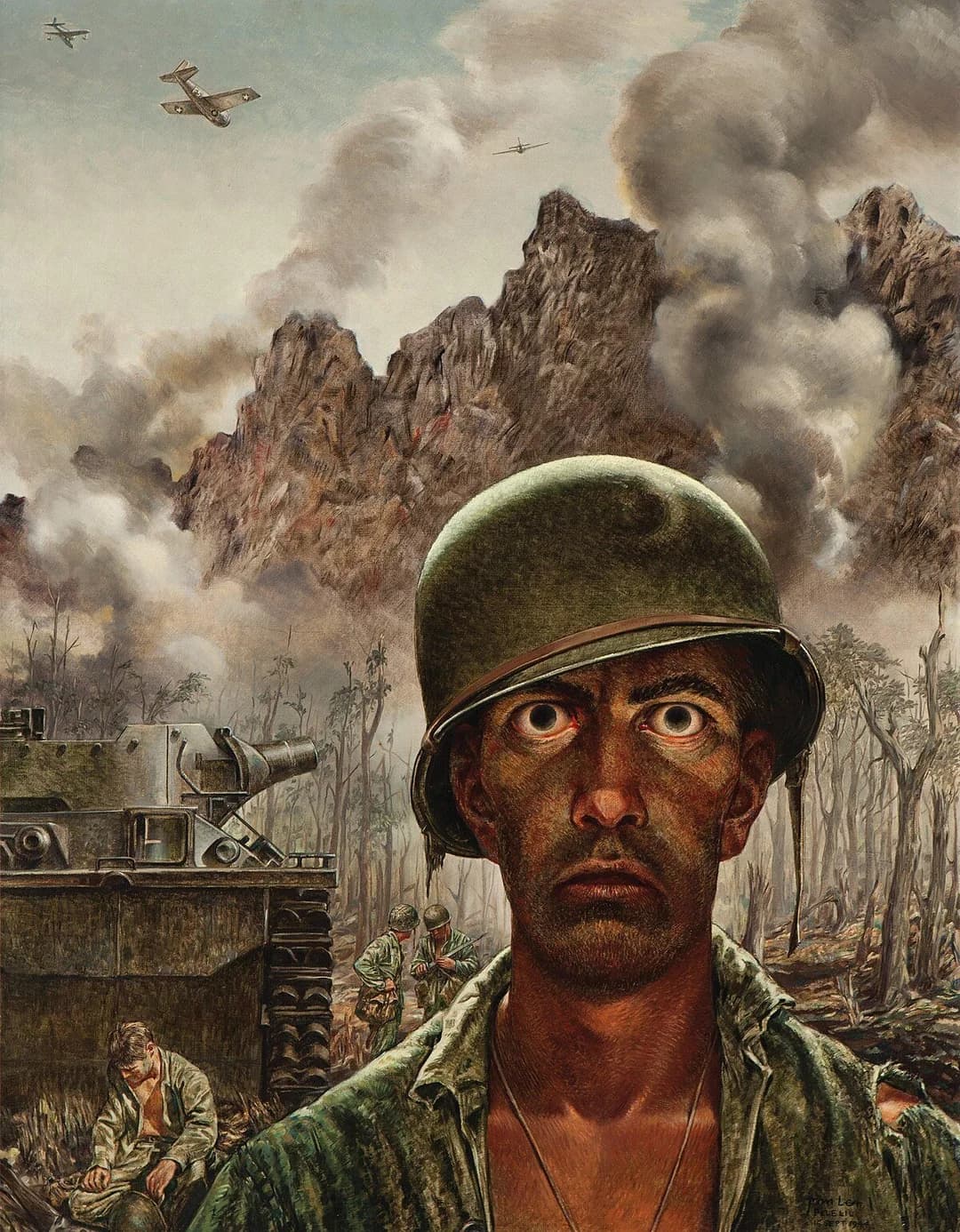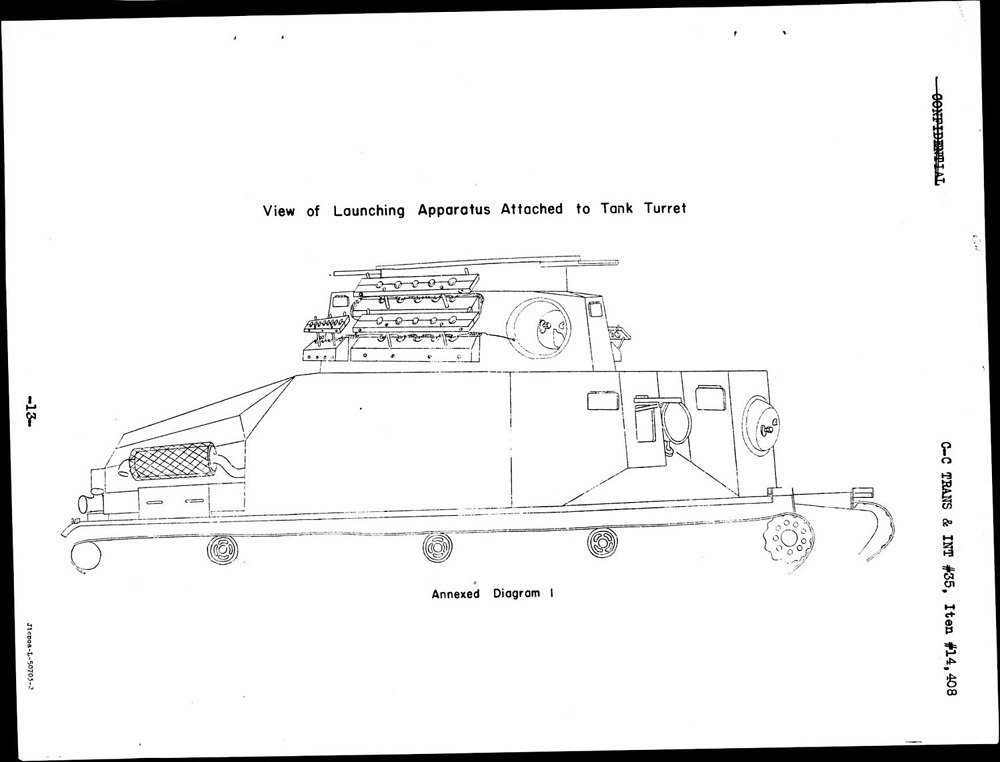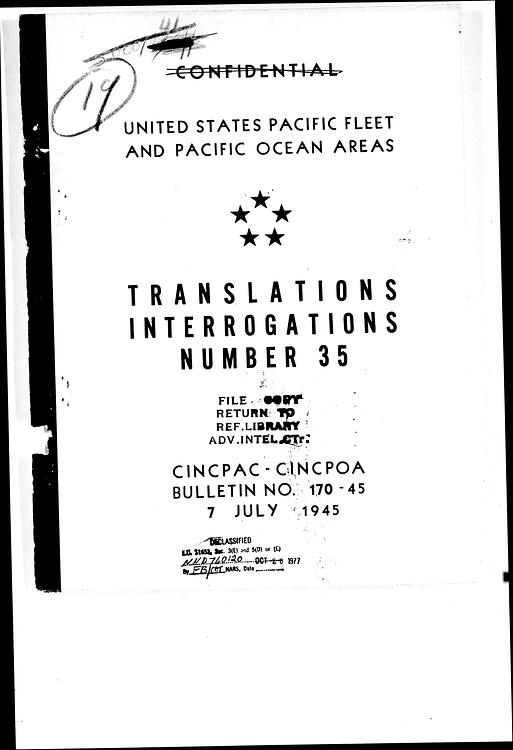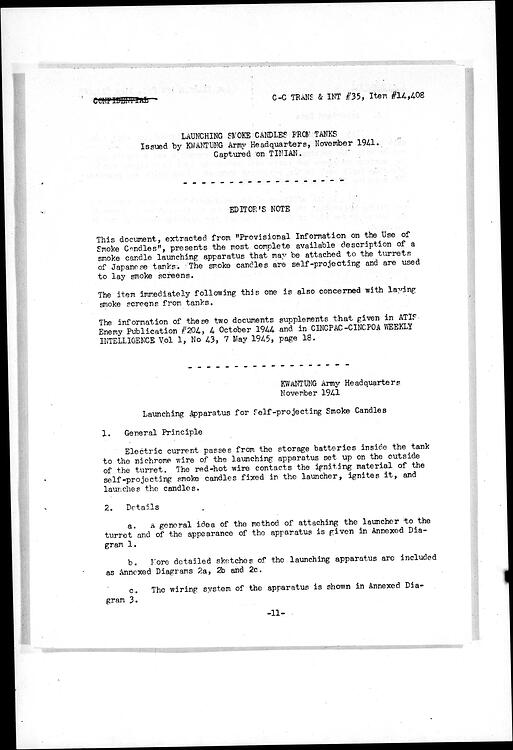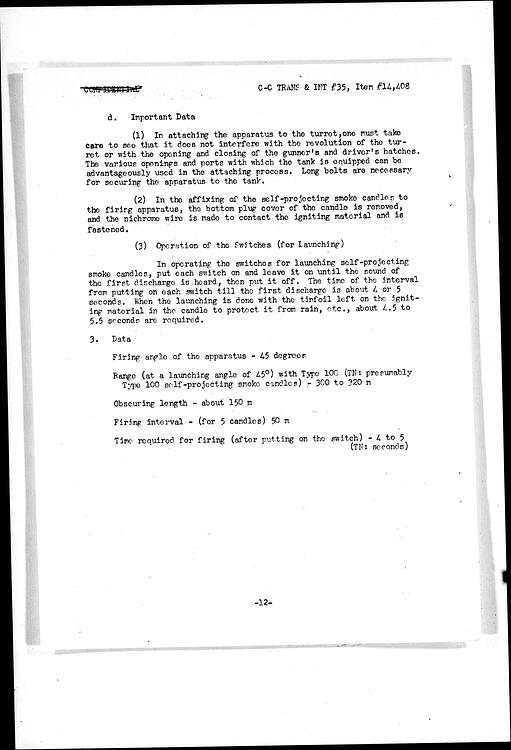Unfortunately not, I suppose I can do a bit of research later to see if anything else arises though.
It is from this book though?

Correct, I sourced both images from a Twitter post.
The various modified Shermans of the JGSDF 👀
M4A3 Mineclearer "SW" -1955-
I am pretty confident that I have seen another photo or two of this prototype, probably on Twitter, although I could not find any at this time.
type3fighter has a page on his blog dedicated to this vehicle.
Type 67 Bridgelayer "SB" -1961-
I knew of this one before, but type3fighter’s video gave me the context and date for this prototype.


As said in his video (translated):
“The first one is the Type 67 tank bridge. It was officially adopted, so it’s pretty well known. In fact, the history of its development is long, with basic research beginning in 1957, before the Type 61 was adopted. In 1961, a prototype vehicle was also built using the M4 chassis. A prototype vehicle using the Type 61 chassis was then produced and adopted as the Type 67 tank bridge in 1967.”
Type 67 Armored Work Vehicle "SD" -1962-
I do not have any full size versions of the first two photos, as I found them within one of type3fighter’s Youtube videos.



From the Japanese wikipedia page:
“The vehicle was designed for the purpose of constructing positions and placing explosives in enemy positions and blowing them up on battlefields where movement was restricted by enemy fire. Development began in 1962 (Showa 37), and a prototype SD based on the M4A3E8 was produced. Mitsubishi Heavy Industries was in charge of development.”
“The SD had the turret removed to provide an armored workroom, as well as a hydraulic dozer at the front of the hull. In addition, an A-type boom used for installing explosives and lifting heavy objects was installed on the upper part of the hull, but this was later removed and a 200 kg hydraulic crane diverted from civilian products was installed in the co-pilot’s seat instead. Along with this, a part of the workroom has been modified to be notched so as not to interfere with the crane’s turning.”
“This car was formalized in 1967 (Showa 42). Subsequently, a full-fledged vehicle was supposed to be produced based on the Type 61 tank, but it was canceled due to budget shortages and other reasons. After that, the prototype SD is said to have been used by the 7th Facilities Battalion.”
M4A3 (T5309B) -1969-
Possibly the most famous of the Japanese modified Shermans, it boasts a whopping 1,100 hp license-built Lycoming T-53 engine, which is also used in Japanese produced Bell 204 helicopters.


Recently, I found a new image on the official Kawasaki Heavy Industries website:

For further information regarding this vehicle, please refer to this excellent comment posted by schlee2393, which is properly sourced with historical Japanese literature as opposed to my original description which relied on third party information now deemed to be incorrect in some capacity.
Imagine how fast it would go lmao
I found a book that provides an in-depth explanation of the M4A3/T53. It’s titled 「純国産ガスタービンの開発」 (The Development of an All-Japanese Gas Turbine), written by Yukio Ohtsuki. He was the General Manager of the Gas Turbine Division at Kawasaki Heavy Industries and served as the lead engineer for the gas turbine research used in this tank from 1971 to 1973.
Cover

The book details the entire process of the project from beginning to end, though it doesn’t mention when exactly the turret was removed. However, the book does present quite a few facts that differ from what’s commonly known about this tank. Here’s a summary of the key points I discovered:
- The engine used in this tank was not the T5311A. It was the T5309B. There’s not much difference between the two—both are rated at 1,100 horsepower—but the T5309B is about 3 kg lighter.
Page 45

- While this project is often described as a single research effort from 1969 to 1971, that’s not accurate. In fact, there were two separate projects that used the same vehicle:
-
The first was conducted from 1968 to 1970 and titled “Research and Development of a Gas Turbine for Tanks (Driving Tests with a Gas Turbine Engine Installed)” (戦車用ガスタービンの開発研究(ガスタービンエンジン搭載走行テスト)).
-
The second was carried out from 1971 to 1973 under the title “Research on a Compact Heat Exchanger System for Gas Turbines” (ガスタービン用コンパクト熱交換器システムの研究).
-
The first project was led by section chiefs Iwao Yamamoto and Atsuhide Tanimura, and the second by Yukio Ootsuki, the author of the book.
- The first study simply involved mounting the T5309B onto an M4A3 tank. From August to December 1969, the vehicle was tested on Kawasaki and Defense Agency roads. Later, from August to September 1970, it underwent driving tests at the Fuji training ground. These tests were completed successfully.
Page 45


The photo you posted was taken during the Fuji tests. Since the turret was clearly missing at that time, the only period when it might have still been attached is during the road tests in 1969.
- Surprisingly, the story about the chief engineer dying during testing appears to be completely false. The failure of the second project was due to technical problems with the heat exchanger. According to the book, air was leaking from the heat exchanger, which caused abnormally high exhaust temperatures and made sustained operation impossible. The final engine test was conducted in early October 1972, but due to the extreme exhaust temperatures, the test had to be cut short. There was no rollover accident, nor did any engineer die.
Honestly, the rumor was oddly specific, so I tried hard to find a source, but came up empty. The project leader (the author), the key engineer who built the heat exchanger (Yukio Nishiyama), the person in charge of operations (Yoshimi Nishihara), and other core researchers like Takaro Sato and Haruki Kaneno—all of them were fine when the project ended. At the very least, none of the main engineers died.
While not confirmed, it’s likely that this rumor originated from MaiWaffenträger. As most of us know, her descriptions are far from reliable.
Page 47

- In the end, the project failed due to budget issues. In 1973, the Defense Agency offered 200 million yen, but the author demanded 2 billion yen. The negotiation never moved forward, and the project was terminated.
Here’s a brief timeline to summarize everything:
1968 – Start of the “Research and Development of a Gas Turbine for Tanks (Driving Tests with a Gas Turbine Engine Installed)”
1969 – On-site road driving tests at Kawasaki
1970 – Successful driving tests at the Fuji training ground; project concluded
1971 – Start of the “Research on a Compact Heat Exchanger System for Gas Turbines”
1972 – Test failure due to leakage in the heat exchanger
1973 – Project canceled due to budget issues
In conclusion, the only time period during which the turret might have still been attached was between August and December 1969. However, I wasn’t able to find any photos or records from that time. Overall, the Russian post you shared contains a lot of inaccurate information and unfortunately can’t be considered reliable.

Additionally, there is no evidence that this photo was taken in 1969. In the original journal, the “1969” text at the top of the image does not indicate when the photo was taken — it simply refers to the overall research project. Judging by the background, the photo was most likely taken during the 1970 test at the Fuji training ground.
Lastly, the only confirmed record I could find from the first research project is that it was presented at the 12th Technical Research Conference of the Defense Agency’s Technical Research and Development Institute on November 17, 1970, and that there’s some official documentation summarizing it. Unfortunately, I haven’t been able to obtain or read that material.
I also searched through the Defense Agency’s technical reports held at the National Diet Library, but I couldn’t find anything related to this particular project. Kawasaki or the Defense Agency probably still have internal records, but naturally, I don’t have access to them.Personally, I really like how unique this vehicle is, and I’d love to see it represented in a game someday. But realistically, I think I’ve reached the limit of what I can research on my own. I sincerely hope someone out there is able to collect and compile complete information on this fascinating vehicle.
Thank you so much for this source! While it’s unfortunate we don’t have any new photos or further details on whether or not the tank was modified before its turret was removed, it is always nice to see more verifiable information come to light regarding any of the mysterious prototype vehicles that MaiWaffentrager left us with many years ago.
Ha-go boxy hull?


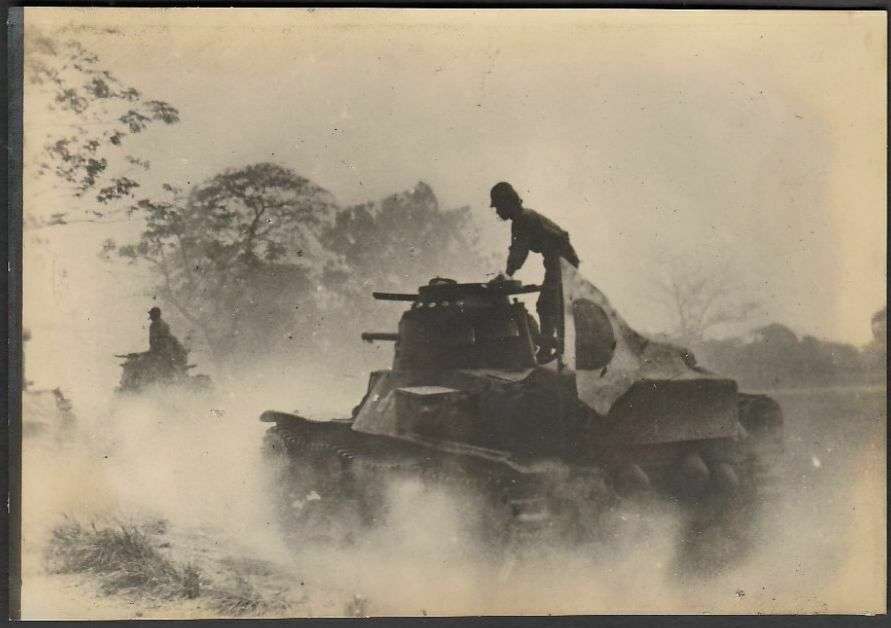
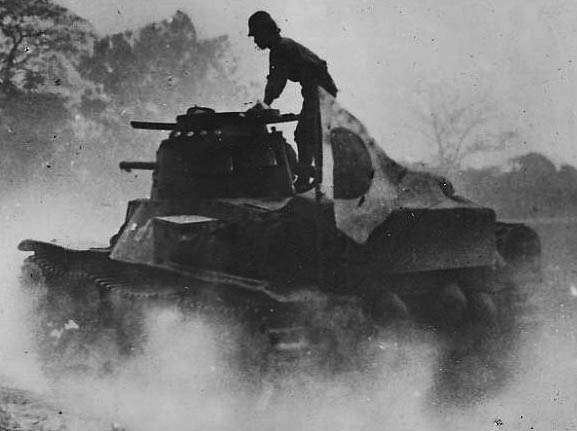
What gun is this?
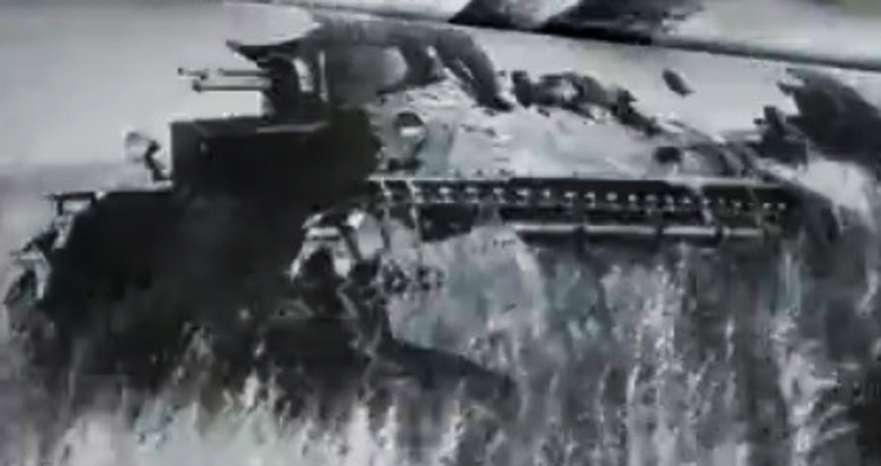
My best guess would be a sort of Flamethrower variant, but even then it doesn’t appear as though the main guns match
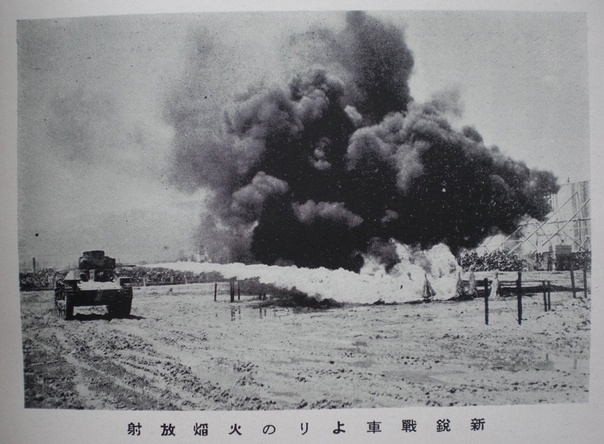
Sogekihō 37mm, The pre-production version of the Type 89 were fitted with it.
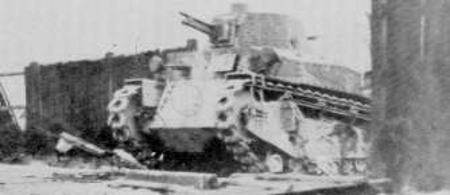
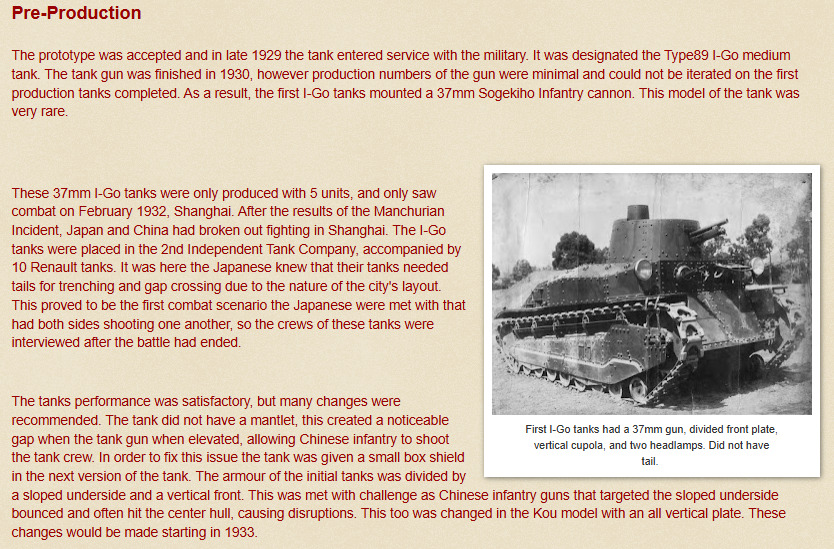
(Ignore the link name)
Type 90 57 mm Tank Cannon
Not sure why but the gun looks smaller maybe the 13mm? And the gun mantle area is rounded.
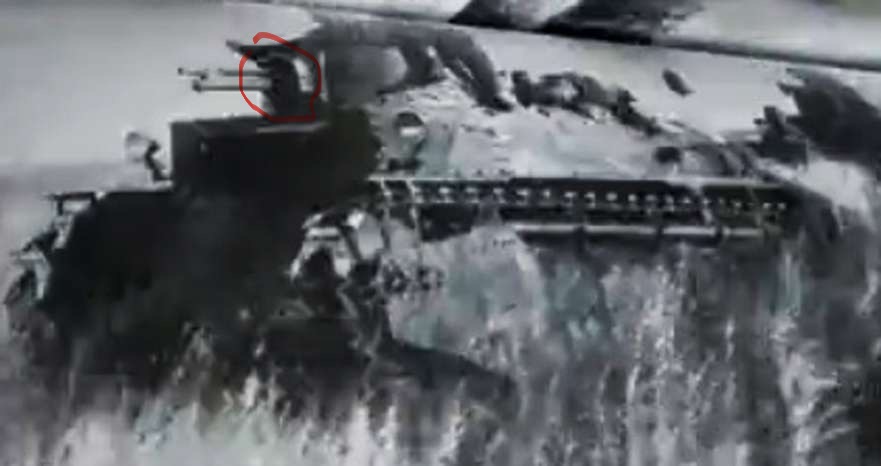
Dam I was hoping that I found a new tank that we can add ):
Got any photos of the rear by any chance?
Maybe it is using a different engine because war time storage. Like how different planets for the t34 used different parts like one used rubber for the road wheel and one didn’t and etc.
Here are my guesses
Early versions used old Mitsubishi 110 bhp model, already produced for the former Type 89 1-Go.
Then we got the prototypes
Idk what engines they used.
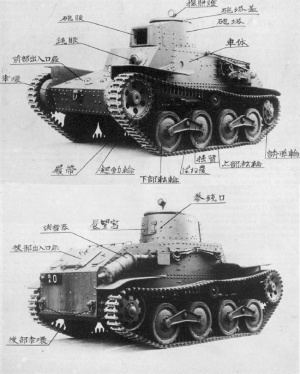
Type 95 Crane Vehicle Ri-Ki (based on the ho-go)
Couldn’t find the name of the engine but it’s a 60 hp (45 kW) @ 1600 rpm.
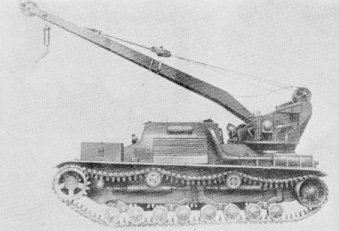
Type 95 So-Ki armored railroad car (also based on a ha-go)
Also couldn’t figure out the engine name but it’s a gasoline (petrol) 84 hp.
Or it could be something else entirely.
Nope, but you’re very much welcome to scroll through the 1,400+ photo album I found a while back on VK. On this album were also the first two images of this strange Ha-Go that you posted, and if I remember correctly they were labeled as a flamethrower tank variant.
Сухопутная Военная Техника Японии’s album | VK
There is a non-zero chance I missed something important lol
Not a clue, perhaps some sort of smoke launcher?
Yes, it is a smoke launcher. The document was issued in November 1941 by the Kwantung Army Headquarters. The vehicle shown as an example is presumed to be the Type 92 armored car. For some reason, it is reversed left to right.
By the way, I think I accidentally deleted my previous comment. Since my original text is already included in your comment, I’ll just re-upload the photo.
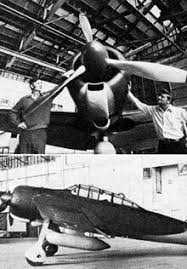
A modified two-seat Mitsubishi A6M2 training and reconnaissance fighter from Rabaul, number 59-122. Only one plane of this type was built.





